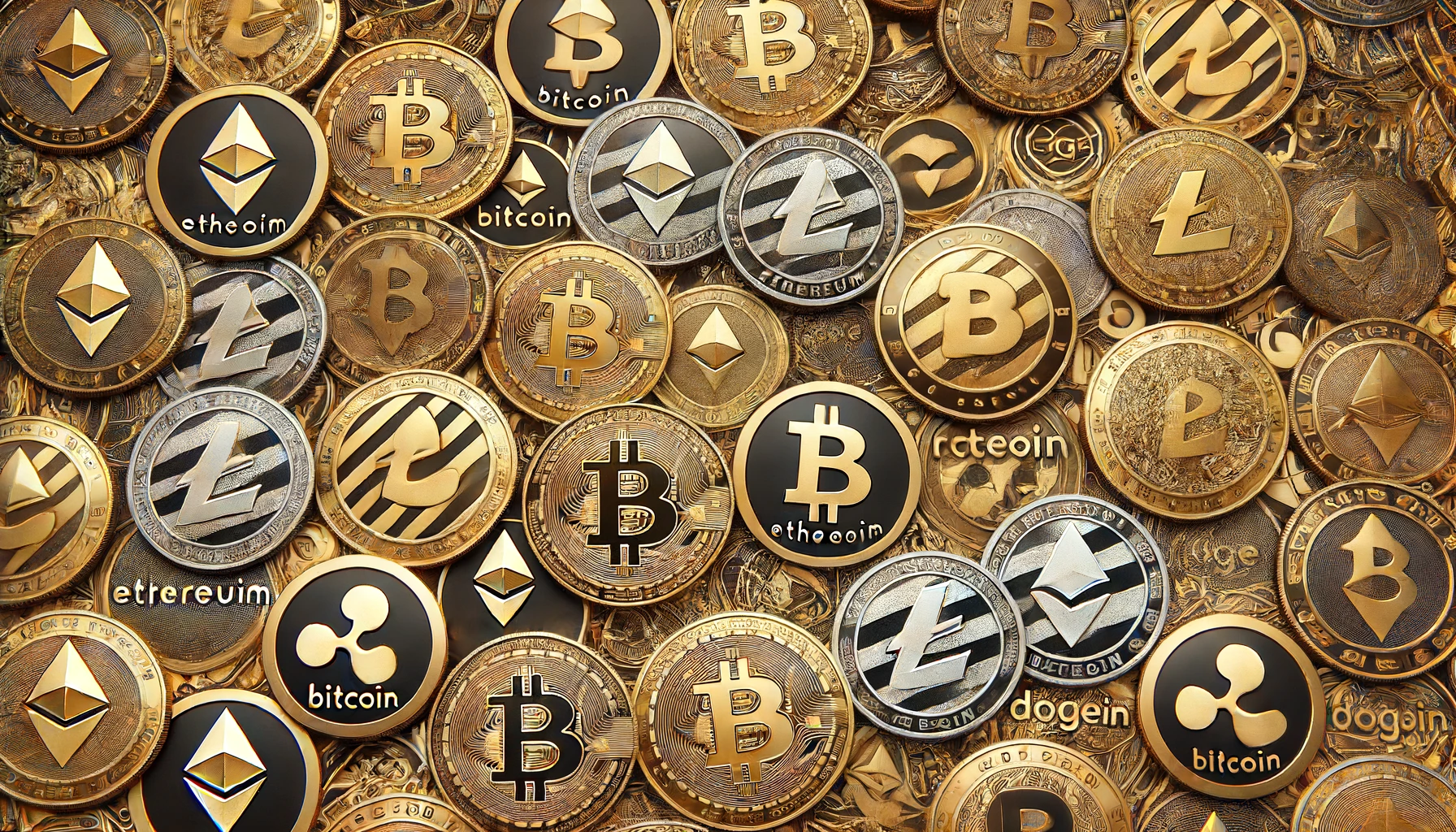Apple’s decision to use Google’s Tensor Processing Units (TPUs) instead of Nvidia’s market-leading GPUs for AI training has raised eyebrows across the tech industry. This analysis explores the implications of this move, the potential strategic reasons behind it, and what it means for Nvidia’s dominance.
Points
- Apple opted to use Google’s Tensor Processing Units (TPUs) for AI training rather than Nvidia’s GPUs.
- The decision highlights a possible shift in strategy, focusing on efficiency and specialized AI applications.
- Nvidia’s dominance in the AI chip market could be challenged as more companies explore alternative solutions.
- Apple’s move could signal broader industry trends in AI hardware preferences.
In a surprising move that has captured the attention of the tech world, Apple has chosen to use Google’s Tensor Processing Units (TPUs) for training its AI models, bypassing Nvidia’s highly regarded H-100 GPUs. This decision, which came to light through a recently published research paper by Apple, marks a significant shift in the company’s approach to AI development and has sparked widespread speculation about the strategic motives behind it.
Historically, Nvidia has dominated the AI hardware landscape, with its GPUs being the go-to choice for many companies looking to train large language models and other AI systems. At its peak in June 2024, Nvidia’s market cap soared to approximately $3.45 trillion, underscoring its position as a leader in the AI revolution. However, Apple’s decision to rely on Google’s TPUs—specifically over 10,000 units, including the TPUv4s and TPUv5s—suggests that the Cupertino giant is charting a different course.
Several factors may have influenced Apple’s choice. Firstly, while Nvidia’s GPUs are known for their power and versatility, they are also in high demand and can be difficult to obtain. In contrast, Google’s TPUs are highly specialized for certain types of AI workloads, particularly those involving large-scale data processing and machine learning. By opting for TPUs, Apple may be prioritizing efficiency and optimization for specific AI tasks, rather than general-purpose processing power.
Moreover, Apple’s decision could be seen as a strategic move to diversify its reliance on hardware suppliers. By collaborating with Google, Apple not only secures a steady supply of AI training chips but also positions itself to take advantage of Google’s cutting-edge AI technology. This partnership could lead to new innovations in AI applications, particularly in areas where Apple is looking to expand, such as health tech, augmented reality, and machine learning-driven services.
The implications of this move extend beyond Apple and Google. Nvidia, despite its market dominance, could face increasing competition as more companies explore alternatives to its GPUs. The rising interest in specialized AI hardware, such as TPUs and custom AI chips, reflects a broader industry trend where efficiency and specialization are becoming as important as raw processing power.
For Nvidia, this could mean adjusting its strategy to maintain its competitive edge. While the company has enjoyed unparalleled growth, the evolving needs of the AI industry may require it to innovate further and offer more tailored solutions to meet the demands of its diverse customer base.
Apple’s choice to zig where others zag could also be a reflection of its long-standing strategy of building a walled garden—prioritizing control over its ecosystem and making decisions that align with its unique vision for the future of technology. As the tech industry continues to evolve, it will be fascinating to see how this decision impacts Apple’s AI ambitions and Nvidia’s market position.
解説
- Apple’s decision to use Google’s TPUs over Nvidia’s GPUs marks a strategic shift, highlighting the importance of efficiency and specialization in AI hardware choices.
- This move could signal a broader industry trend where companies seek alternatives to Nvidia’s dominant GPUs, potentially challenging Nvidia’s market leadership.
- Apple’s strategy reflects its focus on maintaining control over its technology ecosystem and aligning its AI development with specific business objectives.
